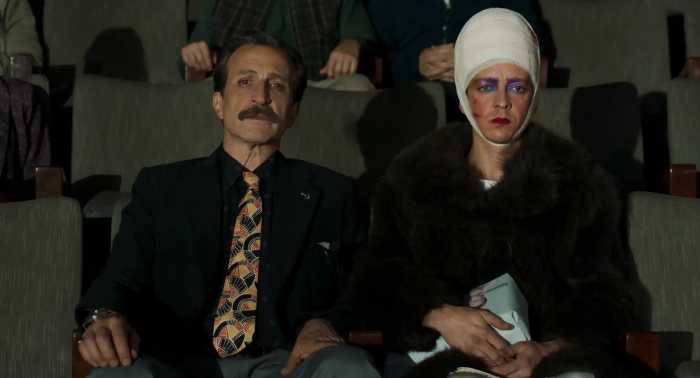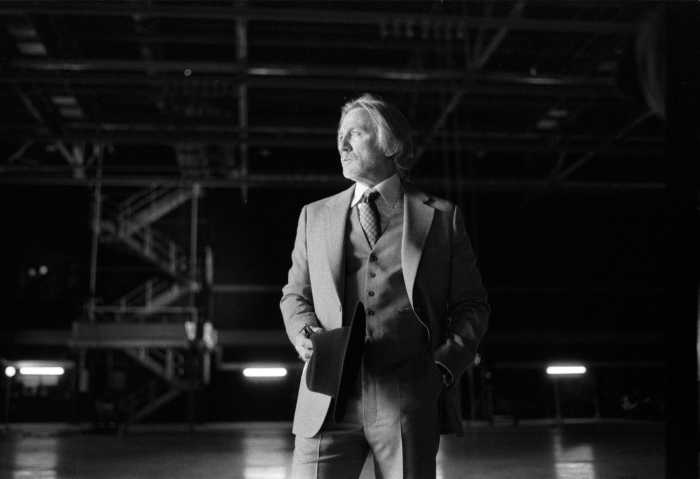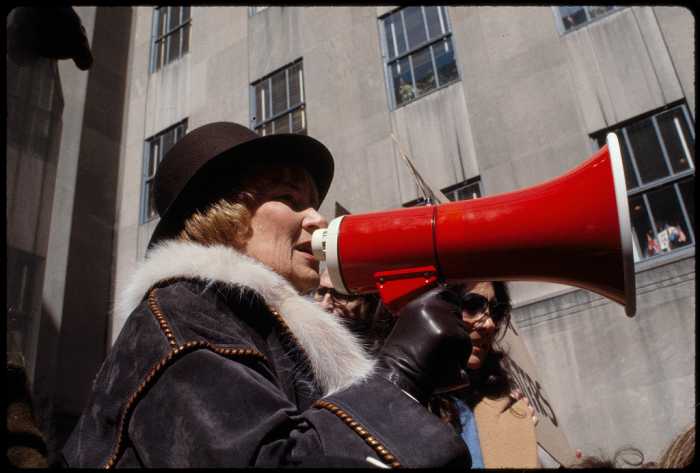“The Last Thing Mary Saw” is one more period piece about a white lesbian couple suffering a tragic fate. It has one major twist to offer. Director Edoardo Vitaletti has told this story in the favor of a horror movie, with themes of possession and mysterious deaths. But “The Last Thing Mary Saw” put more time into figuring how to light the center of the frame by glowing candlelight than thinking about conveying its characters’ emotions. Ironically, it’s a love story drained of passion, trudging towards a bleak ending that’s never earned.
Mary (Stefanie Scott) is introduced during an interrogation, her eyes bleeding from behind a blindfold. She had been caught carrying on a relationship with her family’s maid, Eleanor (Isabelle Fuhrman), inspired by a mysterious book the woman read. Her parents (Carolyn McCormick and Michael Laurence) punish her for this “sin.” Their household is soon struck by death, as Mary’s grandmother (Judith Roberts) and its roost of chickens fall prey. A man simply called “The Intruder” (Rory Culkin) stops by, bringing news of the outside world and supplying them with more poultry while cranking up the creepiness.
The repression this film describes is incorporated into its very style. The characters move slowly and speak in stage whispers. The dialogue takes on a tone of biblical foreboding. (Chapter headings and an opening intertitle quoting John Calvin enhance the pseudo-literary mood.) Influenced by Stanley Kubrick’s “Barry Lyndon,” the lighting is a dim golden hue. Even when “The Last Thing Mary Saw” moves outside, the sky is gray and autumnal. We seem to be closer to the depressive Scandinavia of Ingmar Bergman than 19th-century New York State. Skipping a theatrical release and going straight to the horror-oriented streaming service Shudder, although an understandable choice, did not do a film this (visually) dark any favors. Images that might’ve been expressive on the big screen turn to mud at home.
“The Last Thing Mary Saw” takes itself extremely seriously, but it lifts most of its ideas from better movies. Apart from the queer love story, there’s nothing in it that Robert Eggers’ “The Witch” didn’t do better. “The Witch” presented a genuine moral gray area in which a girl chooses Satanism as an alternative to her family’s Puritan faith. Although she commits awful violence in its name, she still made the better choice. That film’s world came across as a lived space. (Eggers spent months researching Puritan culture in the very early days of the US.) By comparison, “The Last Thing Mary Saw” is mere cosplay, albeit technically well-executed.
The relationship between Mary and Eleanor should be a beam of light in a dark world, but the film is so devoted to its dourness that their romance, transgressive not only in its queerness but for breaking down class hierarchies, is almost as chilly as the rest of the film. “The Last Thing Mary Saw” fails to find the Gothic within Christianity. Like much recent “elevated horror,” it spends too much energy trying to demonstrate its smarts in place of actually conjuring up a witchy mood. It also shows little passion for the horror genre; this story probably would have been more potent as a period piece without the occult trappings. Its style works overtime to avoid the “trashy” connotations of horror. Possibly because it was made by a male director trying to avoid sleazy leering, there’s no sense that their attraction has anything to do with a longing for each others’ bodies. The actors playing the couple have no chemistry together. The whole film’s impact rests on a slowly building tension that, even at its most dramatic, never breaks away from its molasses-paced, sorrow-ridden spirit. “The Last Thing Mary Saw” remains steeped in the repression it attacks.
THE LAST THING MARY SAW | Directed by Edoardo Vitaletti | Started streaming on Shudder Jan. 20th



































